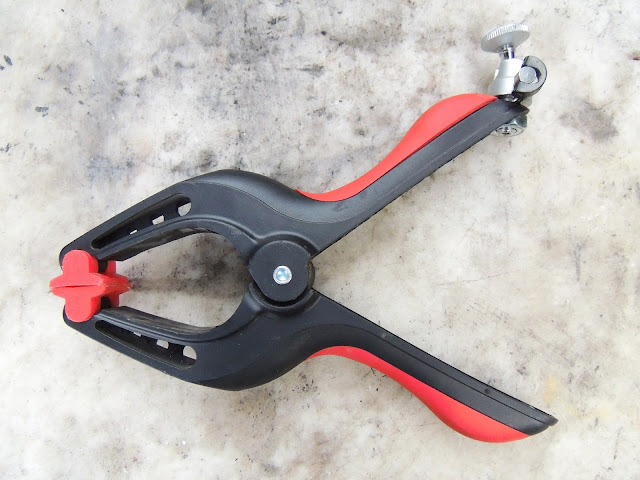The last few times I've been attempting to do stuff, I have really needed some tongs.
And so, I made these...
Strictly speaking, they are gooseneck tongs. The curved bit presumably being the goose neck. Handy in case you need to hold a piece that has a head on it, larger than the bit being gripped.
Anyhoo, here's what this was made from. Scrounged steel discards from a lovely metal skip. Specifically, the lower piece with the loop in it...
But of course, the challenge with recycling is you first have to extract the materials from the stuff you find. In this case, the steel was surprisingly stiff. It took some battering to get a straight piece from it...
And some...
Eventually...
Tongs are symmetrical, so this bar was cut in half...
To render thus...
The bend points on the tongs were marked with a Sharpie, then beaten in with a cold chisel to form grooves.
The grooves were used to bash in bigger grooves on the anvil...
The two pieces were then heated in the furnace to red heat...
A load more heating then beating was needed. To keep it all focussed, a reference drawing is always a good idea. This one was Sharpies on veneer...
Anyway, lots of heating...
...and beating, produced the two tong halves thus...
Once the tongs were made, it was time to rivet them together. To do this, the two pieces were drilled where the rivet was needed.
Here is a test fit of the steel rod, to be used as a rivet.
To set the jaws, first a nut and bolt was used to see how things fitted together.
Once the jaws were more-or-less aligned, it simply remained to beat the steel rod into a dome-headed rivet, with a ball-pein hammer...




































































